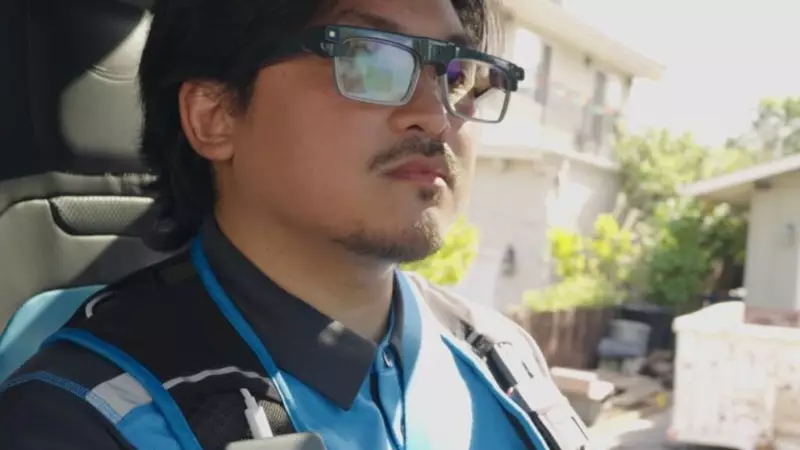
In a bold move that could redefine warehouse operations globally, Amazon is currently testing groundbreaking robotics and artificial intelligence systems designed to work alongside human employees. The e-commerce giant's latest technological innovations promise to revolutionize how packages are sorted, handled, and delivered.
The Sequoia System: Amazon's Game-Changing Automation
At the heart of this transformation is Amazon's new "Sequoia" system, which represents a significant leap forward in warehouse automation technology. This integrated solution aims to streamline inventory management and order fulfillment processes with unprecedented efficiency.
According to company officials, Sequoia has demonstrated remarkable potential during initial testing phases. The system can identify and store inventory up to 75% faster than previous methods, while simultaneously reducing order processing times by as much as 25%.
Digit: The Humanoid Robot Assistant
Perhaps the most visually striking innovation is Digit, a humanoid robot capable of moving, grasping, and handling items in ways that mimic human workers. This bipedal machine represents Amazon's vision for robots that can navigate spaces designed for humans while performing repetitive tasks.
Unlike traditional robotic systems confined to specific areas, Digit's human-like design allows it to work in environments originally built for human employees, potentially bridging the gap between fully automated and human-operated warehouse sections.
AI-Powered Employee Tools
Beyond physical robotics, Amazon is developing sophisticated AI tools specifically designed to assist human workers. These systems utilize advanced computer vision and machine learning algorithms to help employees locate products more efficiently and optimize their workflow patterns.
The technology aims to reduce the physical strain on workers by minimizing unnecessary movement and providing intelligent guidance through complex warehouse layouts. Early testing suggests these tools could significantly enhance worker safety while boosting overall productivity.
The Future of Human-Robot Collaboration
Amazon emphasizes that these technological advancements are intended to complement human workers rather than replace them. The company's approach focuses on creating symbiotic relationships between employees and machines, where each performs tasks best suited to their capabilities.
Industry experts believe this direction represents the future of logistics and warehouse management, where AI and robotics handle repetitive, physically demanding tasks while humans focus on complex problem-solving and quality control.
While Amazon has not announced a specific timeline for widespread implementation, the successful testing of these systems signals a major step toward the fully integrated, technologically advanced warehouses of tomorrow.





